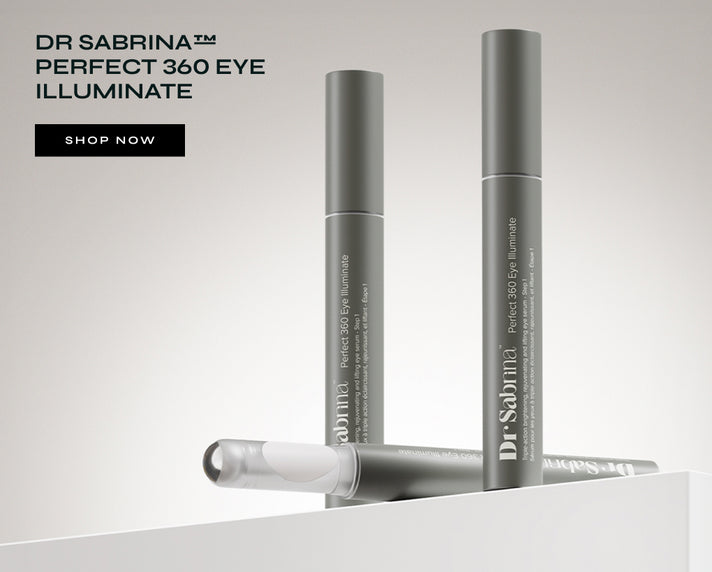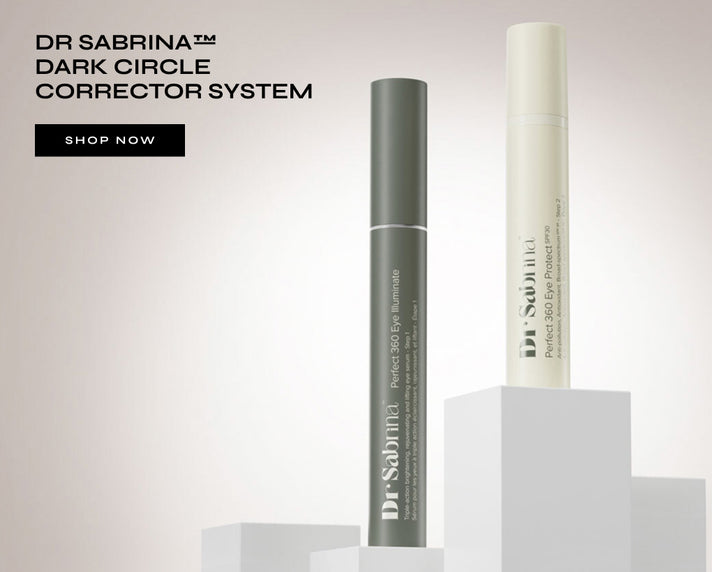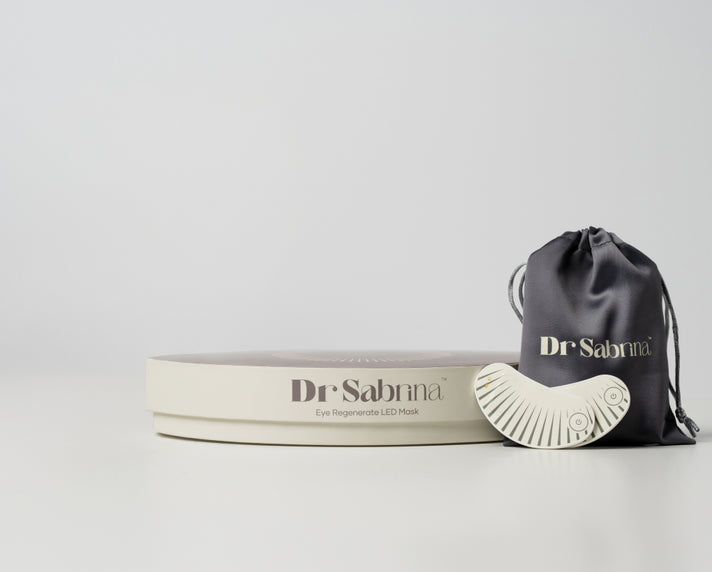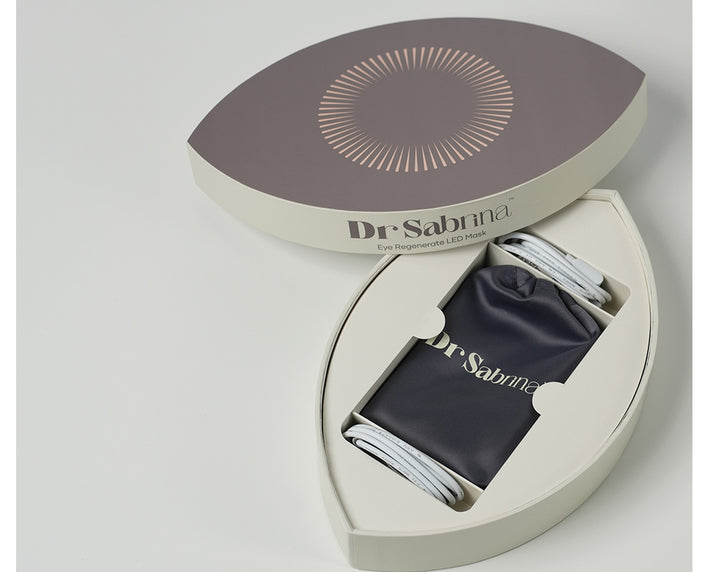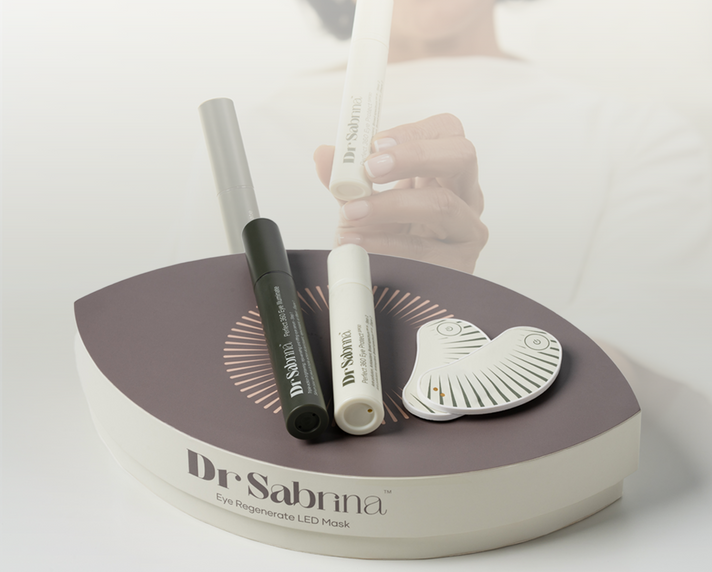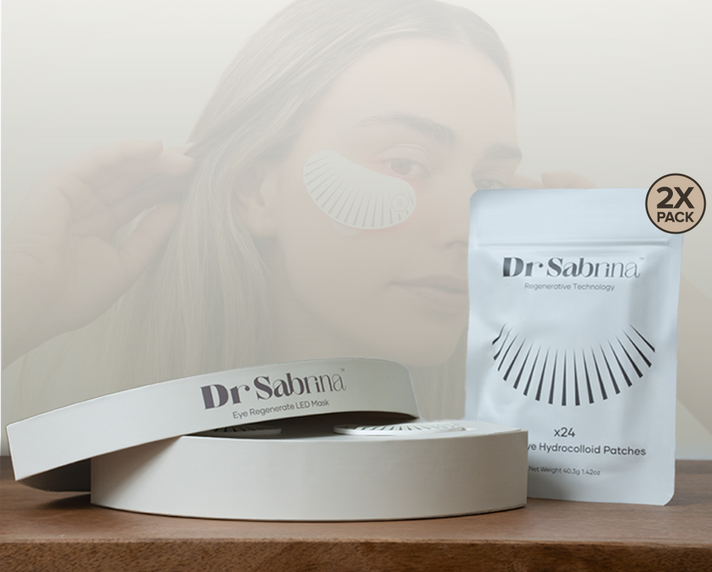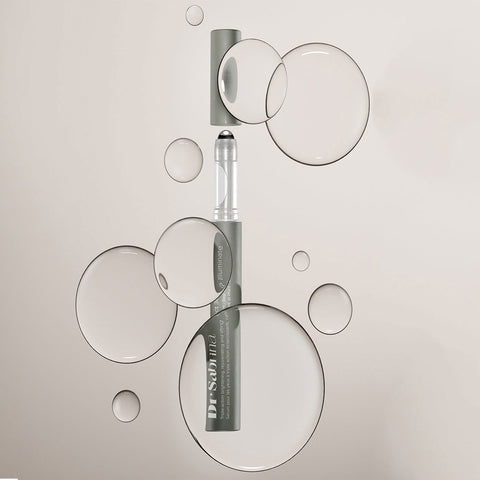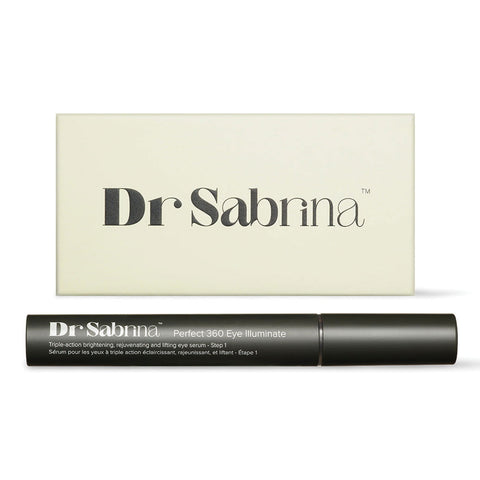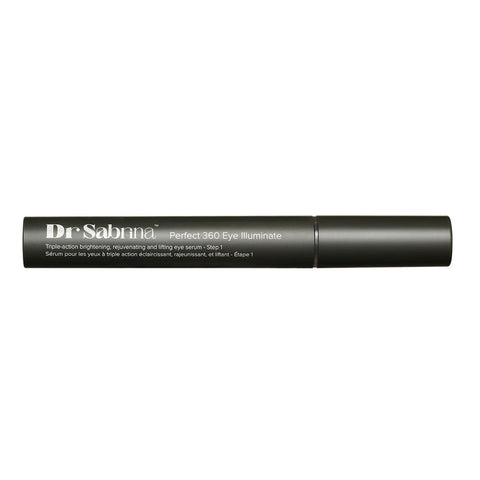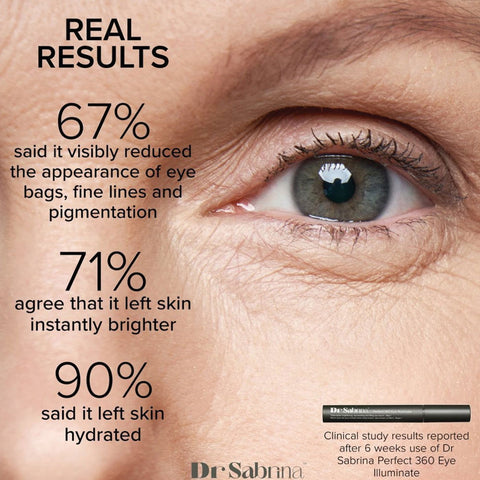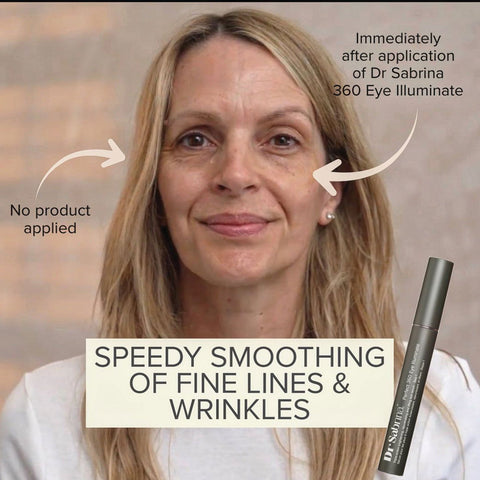Eye Serum
Hyaluronic Acid: Where to Use, How to Use, & Side Effects
4 min read
Hyaluronic acid is a hero ingredient in skincare - the star of the show when it comes to several products like hyaluronic acid serums, moisturizers, anti-ageing creams, and more. But what is hyaluronic acid? What are its uses? Does it have any side effects? We will explore each of these questions in detail in this post.
What is Hyaluronic Acid?
Scientifically speaking, hyaluronic acid is a kind of sugar or carbohydrate produced by the body. Hydration, joint lubrication, and wound healing are among its functions in the human body. Roughly half of endogenously produced (produced by the body) hyaluronic acid is present in our skin and is responsible for keeping the skin hydrated, smooth, and healthy-looking.
Ageing depletes the human body’s stock of hyaluronic acid. Using skincare containing hyaluronic acid can help restore the skin to its smooth and moisturized state.
How Does Hyaluronic Acid Work?
Hyaluronic acid is capable of moisture retention up to 1000x its own weight. This is the property that makes hyaluronic acid one of the best ingredients you can use for your skin. It mixes with water to form a gel-like substance that keeps your skin hydrated and reinforces your skin barrier.
By hydrating your skin, hyaluronic acid makes your skin supple and smooth and improves its elasticity. This helps reduce the appearance of fine lines and wrinkles by firming up the loose skin. This combined effect of moisturising and anti-ageing makes hyaluronic acid-based products popular among skincare enthusiasts.
What Are the Uses of Hyaluronic Acid?
Uses of hyaluronic acid include:
- Effective hydrating skincare ingredient
- The main component of injectable dermal fillers
- Used to speed up wound healing
Let’s explore these uses of hyaluronic acid in detail:
1. Skincare Products
Arguably the most popular of the hyaluronic acid benefits, most skincare routines can use a hyaluronic acid based product in them. The almost magical ability of HA to effectively moisturise dry skin makes it a fan favourite. Skincare products like hyaluronic acid serums, moisturisers, and creams promote hydration, anti-ageing, smoothing of wrinkles, and skin elasticity. No wonder these products fly off the shelves!
The advantages of hyaluronic acid in an eye serum deserve special mention. Usually the driest part of the face, your under-eye skin can greatly benefit from the best under eye serum that contains hyaluronic acid. Bonus points if it has both LMW hyaluronic acid (for deep hydration) and HMW hyaluronic acid (for surface skin barrier protection and hydration).
2. Dermal Fillers

Besides being used for topical skin care products, hyaluronic acid is also popular in injectable dermal fillers. Because HA is a substance that the body naturally produces, using it in dermal fillers reduces the likelihood that the body will reject them. At the same time, its moisture-retention properties give the desired result by volumizing the injected area.
3. Wound Healing
Hyaluronic acid is not solely used for skin health and enhancement. Using it in the gauze to dress wounds seems to speed up the healing process by aiding in tissue regeneration.
How to Use Hyaluronic Acid?
Before getting into how to use hyaluronic acid, let’s address one common misconception: even though the name contains "acid", hyaluronic acid does not function like other AHAs or BHAs which are chemical exfoliants. Therefore, it is usually a safe ingredient to use on all types of skin. Allergic reactions are rare since HA is naturally produced in the body.
1. How to Use Hyaluronic Acid Serum on Your Face

Hyaluronic acid serums usually contain higher concentrations of hyaluronic acid. The general consensus is to look for products with ~2% HA concentration. It is usually recommended to not use products with >4% HA concentration.
Due to its high concentration, just a few drops hyaluronic acid serum are enough per application on your face. Since hyaluronic acid is a humectant (attracts moisture), applying the serum on damp, cleansed skin will give you the best results by locking in the moisture. Gently pat the serum into your skin without rubbing it in. Follow up with a moisturiser to lock the moisture in further. This method will prevent moisture from escaping and external pollutants from entering the skin. Hyaluronic acid is an especially effective ingredient in anti-wrinkle serums for the under-eye area, as it tends to be drier than the rest of your face.
2. How to Use Hyaluronic Acid Moisturiser on Your Face
Hyaluronic acid moisturisers are highly effective products to hydrate and plump your skin. They are used the same way you would use any moisturiser - ideally after applying other skincare products (cleanser, serums etc), twice a day.
3. How to Use Hyaluronic Acid on Other Parts of Your Body
Your facial skin isn’t the only thing that can benefit from hyaluronic acid; it can also be used for several other purposes. Hyaluronic acid products can help with hydration wherever you have dry skin, including lips, elbows, knees, and feet. It can also be used to hydrate dry, frizzy hair and tame pesky flyaways.
What Are the Side Effects of Hyaluronic Acid?
Application of a skincare product containing hyaluronic acid or receiving HA injections (for example, in dermal fillers) can cause some side effects. However, this is rare, as HA is a natural substance in the body and therefore less likely to trigger a reaction.
Some potential side effects of hyaluronic acid are:
- Tingling, redness, or itching of the skin
- Allergic reactions
- Ache in joints after receiving HA injections
- Headaches, bleeding, or bruising after getting HA fillers
Hyaluronic Acid: Yes or No?
We give it a resounding yes! The benefits of hyaluronic acid range from improving skin concerns to aiding wound-healing. Our bodies also naturally produce it, but over time, it becomes depleted. Topical hyaluronic acid based skincare products are highly effective for dry skin concerns. Each HA product has its own recommended method and frequency of application. Negative reactions and side effects of hyaluronic acid are rare. Ensure that you are not allergic to HA before using it.
